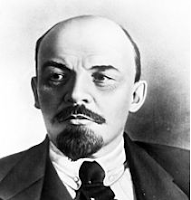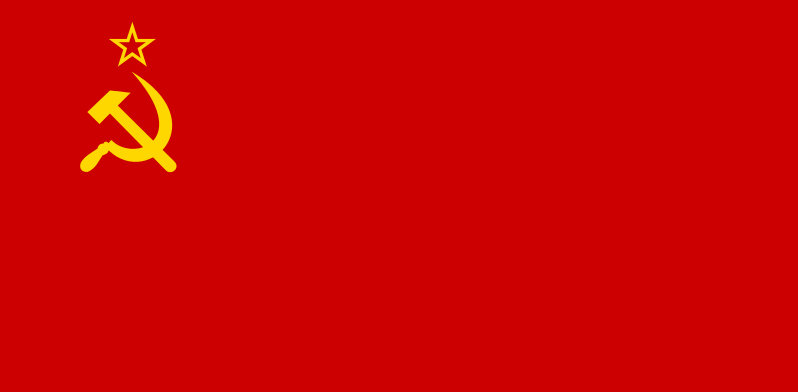Animal Farm deals with early Twentieth Century Russia, its leaders and a brilliant but dangerous political idea that altered the course of the late twentieth century, an idea that threatened to start world war three. Want to know more?

Farmer Jones = the Tsar (pronounced ‘saar’). Nicholas II, the last Emperor of Russia. Like a dictator, the Tsar had totalitarian power, greater even than that of most kings, due to the size of the Russian Empire.
In 1917, the peasants revolted again, led by the Bolsheviks. Nicholas II was forced to abdicate. A year later, in 1818, he was executed. When the time came to shoot his daughters, the men charged with the task couldn’t. The princesses had so many diamonds hidden in the lining of their dresses that the bullets bounced off.
You’ll notice the books is mostly about animals. So what do the animals represent?
Animalism = Communism
Very Simple Guide to Communism:
Four legs good / Two legs bad
‘workers of the world unite’, ‘let the ruling classes tremble’
All Animals are Equal
Equality: all people are equal. Full stop.
Unity: all people work together for a common good.
Private property and land-owning is abolished: all property, land, and profits are equally shared.
No animal shall wear clothes, drink alcohol, sleep in a bed.
Luxury and consumerism are bad.
Money (capital) is bad: especially speculation, lending and borrowing at interest.
‘Political Economy regards the proletarian [worker] … like a horse, he must receive enough to enable him to work. It does not consider him, during the time when he is not working, as a human being.’
‘[Communism is] an ideal to which reality [will] have to adjust itself.’
‘Of all the animals kept by the farmer, the labourer … was … the most oppressed, the worst nourished, the most brutally treated.’
The Manifesto of the Communist Party (1848)
‘The theory of Communism may be summed up in the single sentence: abolition of private property.’
Jean Jacques Rousseau, (1712-1778)
‘You forget that the fruits belong to all and that the land belongs to no one.’ On the Origin of Inequality, 1754.
‘Man is born free and everywhere he is in chains.’ The Social Contract, (1762)
Animal Farm = Union of Soviet Socialist Republics USSR
After the Bolshevik Revolution that removed Nicholas II, the USSR was led first by Vladimir Lenin, pictured on the left, (1917-1924) then by Josef Stalin (1924-1953) who is on the right. In the centre, is Leon Trotsky. First, he and Stalin worked together. By 1929, Trotsky was forced to flee Russia. He was murdered – with an ice pick – in Cuba in 1940, very probably on Stalin’s orders.



In some ways, Old Major could be said to represent Lenin, the idolised leader whose embalmed body – like Old Major’s skull – was worshipped by the people.




The Rebellion/Uprising = the Bolshevik Revolution 1917
The Battle of the Cowshed = in 1919 the landowning classes, aided by Western help formed a ‘White Army’ to fight back. They were defeated by the Bolsheviks.
The Windmill = mechanization and modernization of Russia. This was done in a series of ‘five year plans’. As in Squealer’s reports, Russian Government propaganda listed astonishing progress and benefits, some of which was fictional, some achieved at terrible cost. We learn in the final chapter that the windmill is eventually finished, just as the Soviet Union was genuinely rapidly and impressively modernised – at a cost.
The Second Attack on the Windmill = World War II
Whom do the characters represent?
Mr Frederick = Kaiser Wilhelm, Pinchfield = Germany
Mr Pilkington = the English King, Foxwood = the U.K.
Moses the Raven = the Russian Orthodox Church (see Marx’s somewhat negative opinion of Religion as the ‘opium of the people’ above)
The Pigs = the Communist elite, who gained unequally favourable treatment
Squealer = the Communist propaganda machine
Boxer = the Proletariat, workers
Mollie = the aristocracy, or those who benefitted from association with them as symbolised by her love of luxuries: the ‘ribbons’ that Snowball says are ‘the badge of slavery’. Her dedication to the communist cause is summed up in her question: ‘will there be sugar after the revolution’. She eventually disappears, or ‘defects’.
Dogs/Puppies = the KGB, the Russian Secret Police, which Stalin used to re-inforce his power, remove enemies and crush dissent.


